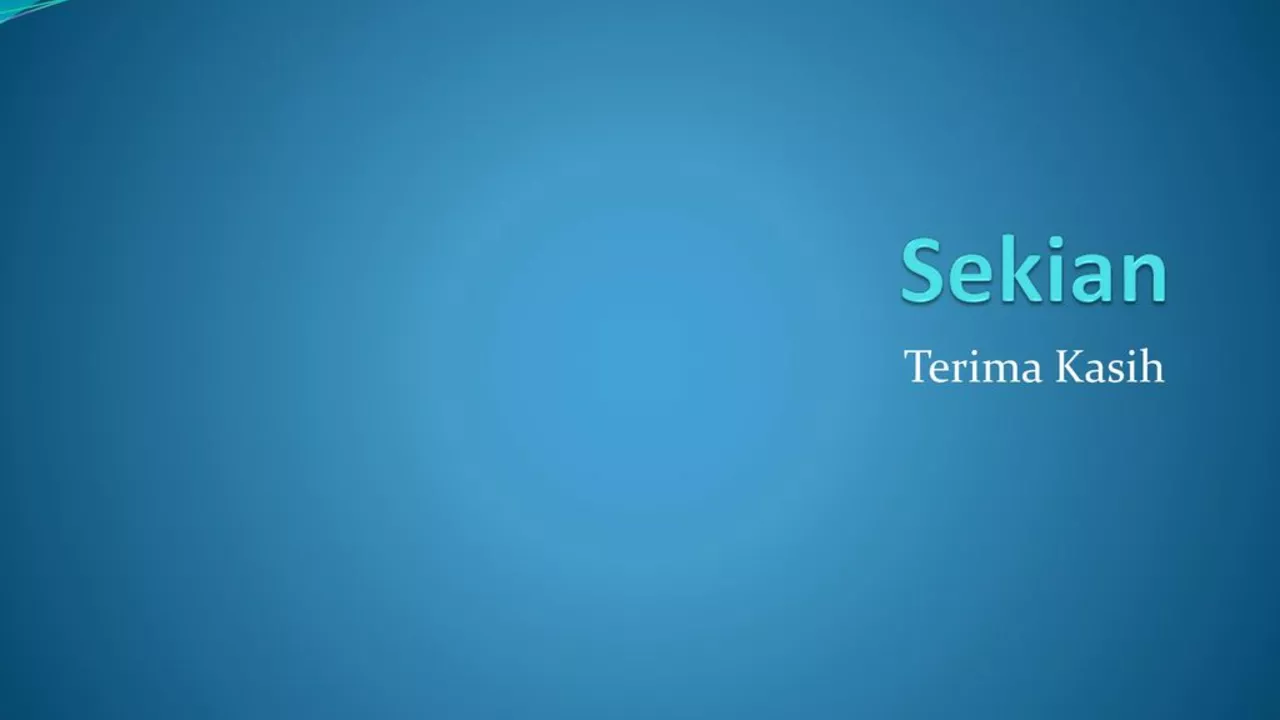What are the types of poems?

Understanding Poetry
The art of poetry is one of the most expressive forms of literature. It can arouse emotions, present ideas, and stimulate thought. In this article, we will look at different types of poems to give you an understanding of them.
Exploring the Sonnet
The first type of poem we will be discussing is the sonnet. Known for its 14-line structure, sonnets are often associated with love and romance, though they can explore other themes too. Originating from Italy, they were made popular by poets such as William Shakespeare.
Sonnets usually follow specific rhyme schemes, giving them a musical quality. They are divided into two sections: the octave (first eight lines) and the sestet (last six lines). The octave introduces a problem or question, while the sestet offers a resolution or answer.
Experiencing the Haiku
Haiku, a traditional form of Japanese poetry, is another type of poem. This poem consists of only three lines, with a 5-7-5 syllable count. Haikus are typically centered around nature or the change of seasons and are known for their simplicity and depth of meaning.
Unlike other types of poems, haikus do not usually rhyme. They aim to capture a moment or a feeling, often leading to a profound or emotional conclusion in the final line. This brevity and emphasis on imagery make haikus unique and compelling.
Diving into the Epic
Epic poems are lengthy narrative poems that tell a story. They often involve heroic deeds and events significant to a culture or nation. Epics like Homer's 'The Iliad' and 'The Odyssey' or Virgil's 'The Aeneid' are examples of this genre.
Epic poems often start in medias res (in the middle of things) and use formal and grand language. They involve divine intervention and prophecies, making them more than just a simple story. Epics are grand in both length and thematic content.
Appreciating the Limerick
Moving on, let's explore limericks. These are humorous poems consisting of five lines. The first, second, and fifth lines usually have between seven and ten syllables and rhyme with each other, while the third and fourth lines have between five and seven syllables and also rhyme.
Limericks often start with the line 'There once was a...' and end in a punchline or humorous statement. This type of poem is great for light-hearted poetic expression and often used in children's poetry, but can also convey deeper meanings.
Understanding the Ode
Another type of poem is the ode. Odes are formal and often dedicated to a particular subject, meant to celebrate or appreciate it. They express deep feelings and offer thoughtful reflections, making them both serious and heartfelt.
Odes often follow a strict pattern of rhyme and meter, though this can vary. They were popular in Ancient Greece, with poets like Pindar, and later in the Romantic era, with poets like John Keats.
Exploring the Ballad
Ballads are narrative poems that tell a story, often of love, betrayal or death. They are meant to be sung or recited and are usually written in four-line stanzas, known as quatrains.
Ballads have a rhythmic pattern and a simple rhyme scheme, making them easy to remember and recite. They often feature a refrain or a repeated line. Ballads have a long history in folk tradition, passed down orally before being written down.
Experiencing the Free Verse
Free verse is a type of poetry that does not follow any rules for meter or rhyme. It allows the poet complete creative freedom, making each free verse poem unique in structure.
Free verse poems can vary greatly in length and theme, from short and simple, to long and complex. Despite the lack of formal rules, free verse poems still use other poetic devices like alliteration, assonance, and imagery to create a poetic effect.
Diving into the Elegy
The final type of poem we will discuss is the elegy. An elegy is a mournful, melancholic or plaintive poem, especially a funeral song or a lament for the dead. They are written to express sorrow and loss, often for a person who has died.
Elegies are formal and serious in tone, often using a specific structure or form. They offer a reflection on death or mortality, and despite their mournful subject matter, they can also express hope or acceptance.
In conclusion, poetry is a diverse and expressive form of literature. From the brief haiku to the lengthy epic, the humorous limerick to the mournful elegy, each type of poem has its unique characteristics and appeal. Whether you are a reader or a writer of poetry, understanding these types of poems can deepen your appreciation of this beautiful art form.


